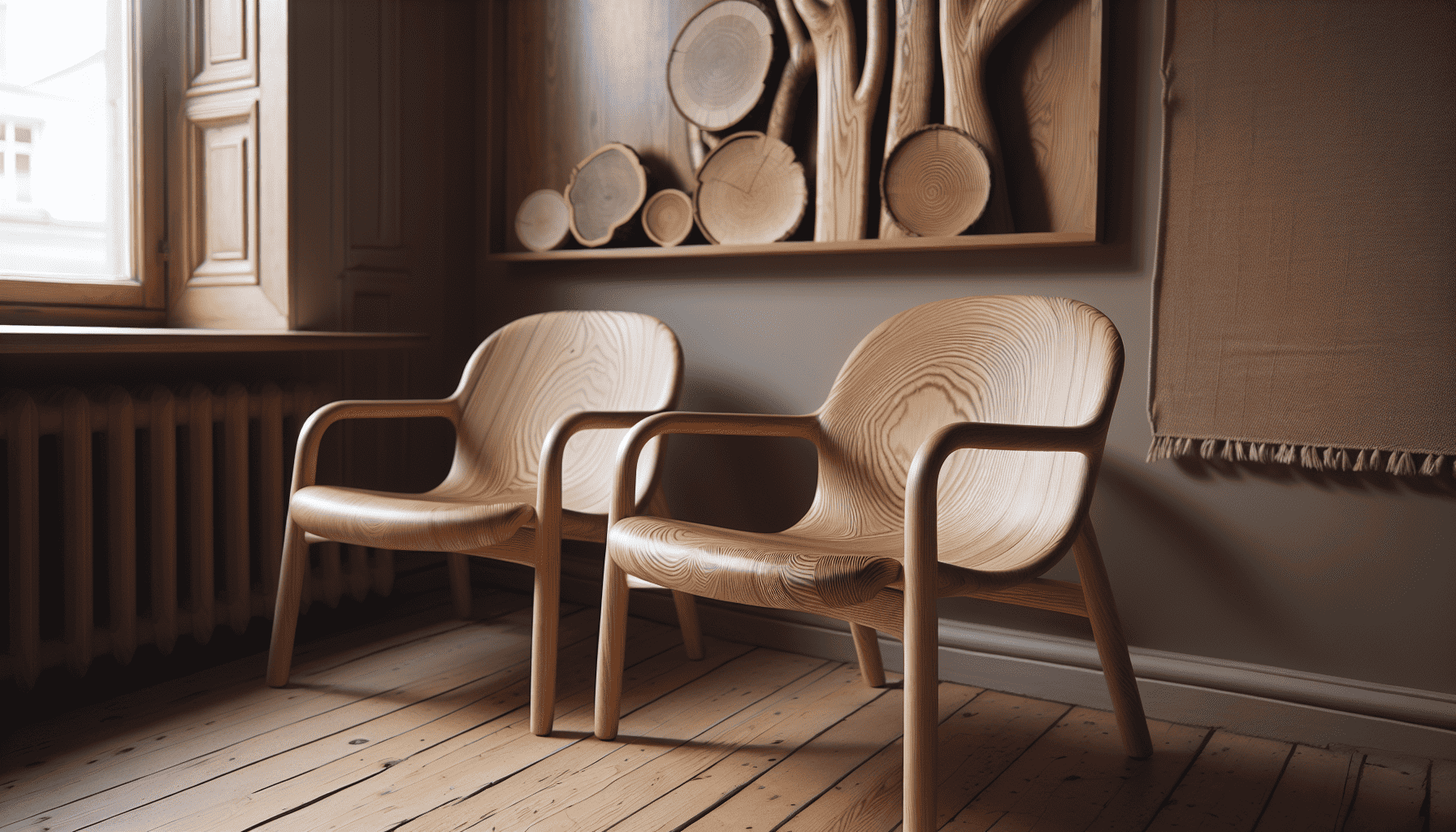Natural wood has long been a staple in interior design, admired for its timeless beauty, versatility, and intrinsic warmth. Its enduring appeal owes much to these qualities, but its popularity also stems from the sustainability and uniqueness it brings to any space. Let's explore why natural wood consistently ranks as a top choice for designers and homeowners alike, and how to best maintain its charm.
The Appeal of Natural Wood
Aesthetic Versatility: Natural wood complements a wide array of design styles, from rustic and traditional to modern and minimalist. Its broad spectrum of grains, colors, and finishes allows it to blend seamlessly with other materials or stand out as a focal point in its own right. Whether it's reclaimed wood beams, sleek walnut cabinetry, or pale oak flooring, each type of wood offers its own distinct character and can drastically transform a room's ambiance.
Tactile Warmth and Comfort: There's something inherently comforting about natural wood. It brings a sense of warmth and coziness to interiors that few other materials can replicate. This tactile quality fosters a welcoming atmosphere, making spaces feel more inviting and lived-in.
Sustainability: With growing awareness of environmental impact, the demand for sustainable materials in interior design has surged. Natural wood, when sourced responsibly, is a renewable resource. Many designers and homeowners choose wood from certified sources that promote sustainable forestry practices, which not only preserves forest ecosystems but also ensures the availability of wood for future generations.
Health Benefits: Natural wood has been shown to have positive effects on indoor air quality. It hardly off-gasses volatile organic compounds (VOCs) compared to synthetic materials. Additionally, studies suggest that the presence of natural elements like wood can reduce stress and promote well-being, contributing to a healthier living environment.
Maintaining Natural Wood
To ensure natural wood retains its beauty and durability over time, proper care and maintenance are essential. Here are some best practices for maintaining your wood interiors:
1. Regular Cleaning: Dust and dirt can dull wood surfaces over time. Use a soft, damp cloth for regular dusting. Avoid excessive water or harsh chemicals that can damage the finish. For deeper cleaning, use wood-specific cleaners recommended by manufacturers.
2. Protect From Sunlight and Heat: Direct sunlight can cause wood to fade or warp. Use curtains, blinds, or UV-resistant coatings on windows to minimize exposure. Similarly, keep wood furniture away from direct heat sources like fireplaces or radiators to prevent drying out and cracking.
3. Control Humidity Levels: Wood is sensitive to moisture and can expand or contract with changing humidity levels. Use a humidifier or dehumidifier to maintain stable indoor humidity, ideally between 30-50%, to prevent warping or splitting.
4. Consider Finishes and Treatments: Finishes such as oils, waxes, or lacquers not only enhance the appearance of wood but also offer some protection against stains and scratches. Periodically reapply such finishes as needed, following the manufacturer's instructions.
5. Handle with Care: Use coasters or trivets under hot or cold items to avoid surface discoloration. Attach felt pads to the bottoms of furniture legs to prevent scratches when moving pieces around.
In conclusion, natural wood remains a top choice in interior design due to its aesthetic appeal, sustainability, and the warmth it brings to any space. By adhering to simple maintenance practices, you can preserve its beauty for years, allowing it to continue serving as a timeless element in your home. Whether ingrained in architecture or thoughtfully placed as accent pieces, the addition of natural wood can elevate the heart of any home.
